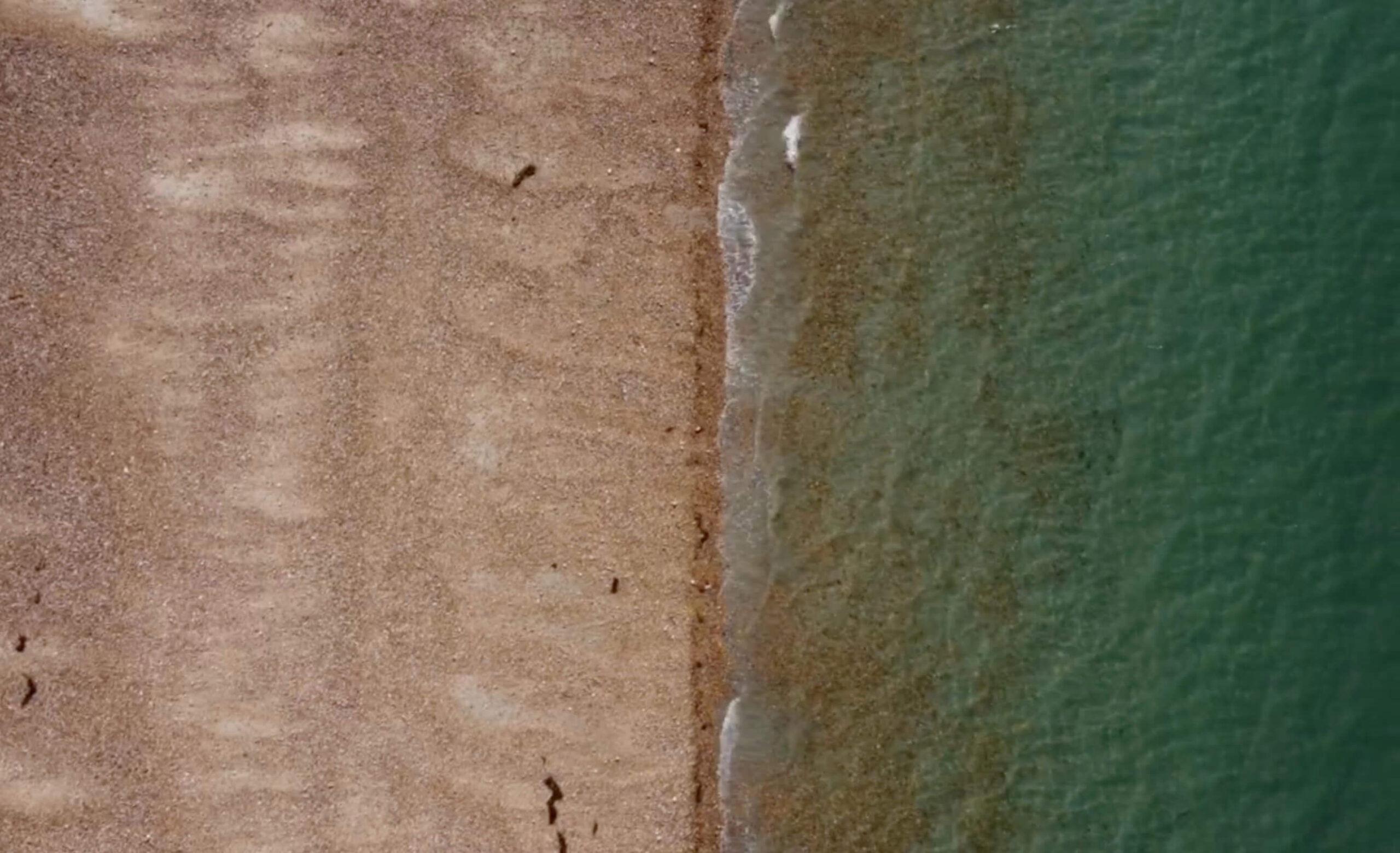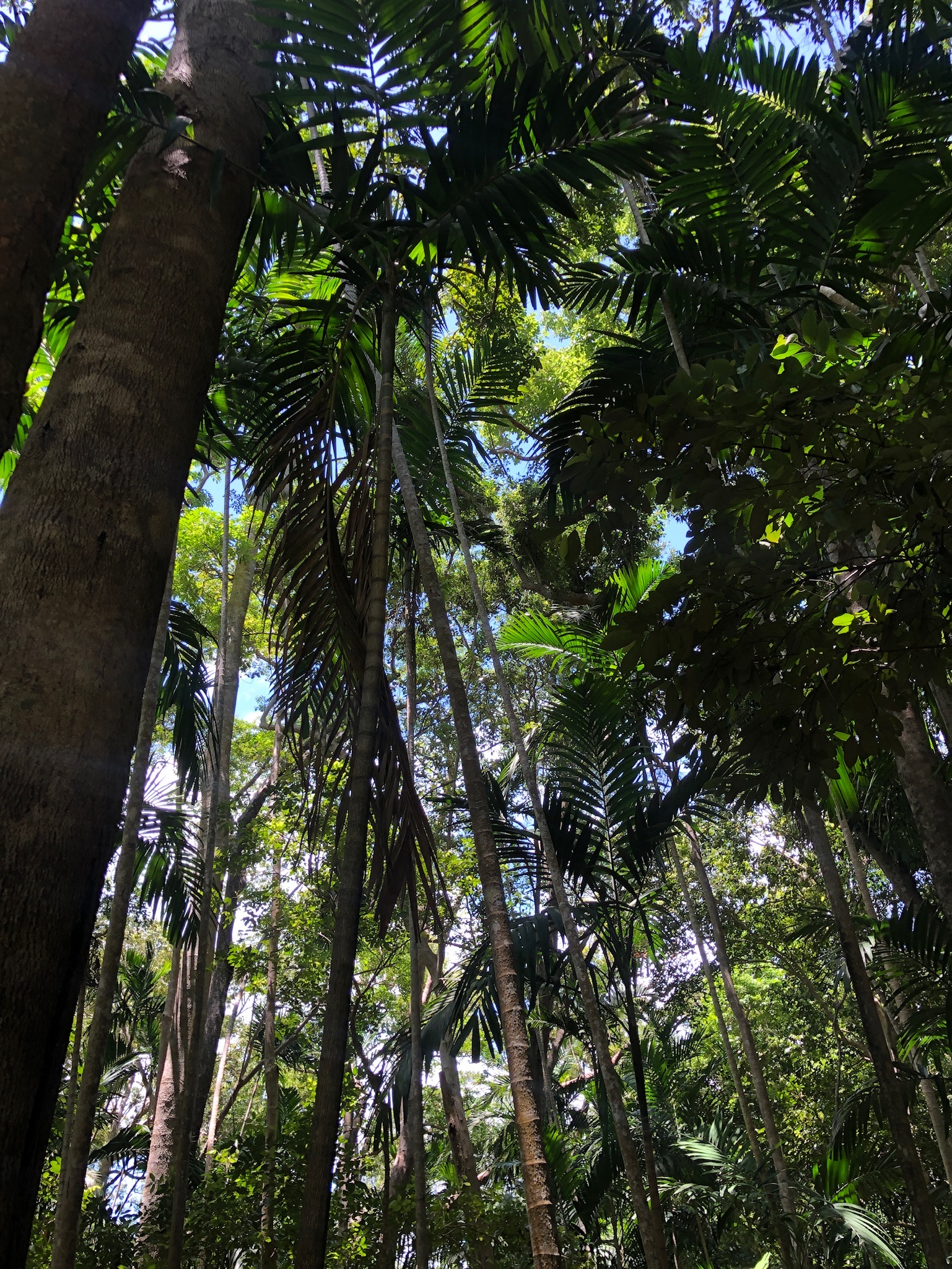Are you considering a wild swim this winter?
Wild swimming is swimming in natural bodies of water, such as lakes, rivers, or oceans. It offers a refreshing and exhilarating way to experience nature and enjoy the great outdoors.
Wild swimming has many potential benefits, including improved cardiovascular health, increased mental clarity, and the production of immune-boosting shock proteins.
Wild swimming can also provide a sense of connection with the natural world and help reduce stress and anxiety.
We can safely spend time wild swimming by taking steps to remain safe and connecting to our breathing.
George and Amber-Rose swimming in the Sea during their Skye Trail hiking trip.
Find a suitable spot
The first step to planning a swim is to find a safe and suitable spot. It can be a good idea to swim with someone else, who can help you if you find yourself in trouble.
If you are going alone or if it is your first time, maybe find somewhere to swim with lifeguards. In London, Amber and I swim at the Hampstead Heath ponds, with the men and women ponds lifeguarded all year around.
The RNLI have a list of lifeguarded beaches here. But these are typically only covered during summer.
If you want to venture into wilder water, you may have to prepare to get on the trail. The best water spots we find come when out hiking.
Whether going on a day hike or a longer trip, we preplan parts of the walk to take us past streams, rivers, tarns or lakes that we hope are deep enough for a suitable dip. That last part is always a fun surprise.
We use OS maps in the app OutdoorActive to help us find water spots next to trails, but most maps will have the waterways marked. An internet search may also pull up some more popular spots that could be worth aiming for, although they will likely be busier.

Swimming at Breatheolution's wild river spot.
Make sure it is safe
Once you have picked a spot, it’s time to prepare.
Cold water swimming causes the body temperature to drop much faster than just exposure to cold air. You will want to have a plan for how to warm up after the swim.
The easiest thing to do is bring warm clothes, a comfy towel and a flask of hot drink. The simpler the clothes are to put on, the easier it will be to get dressed with cold fingers.
You will likely want to consider at least some of the following items:
– Towel
– Swimsuit
– Hot drink
– Warm clothes
– Water shoes (I try and go barefoot)
– Separate beanie hat to wear in the water
– Sugary food
After arriving at the water packed and prepared, you have to pick a suitable spot to get in. The key here is to pick somewhere easy to get back out of!
If you are getting into still water, be mindful that the rocks might be extra slippery and that a fun slip and slide into the water could also make quite a challenging exit.
Moving water brings a slightly different challenge, as we must be mindful of the current. If you are unsure how fast the current is moving, it is best to play it safe and avoid a swim.
Sometimes we get into water that looks slow-moving on the surface, but we instantly feel that pull on our legs as soon as we get in. If we are ever concerned, we don’t get in!
Face your fear, one breath at a time
When you begin your journey with cold water, the initial sensation can feel challenging to overcome.
The best way to move beyond the initial shock is to take your time. Do not always jump in or get yourself quickly under the water if it will result in you leaving the water just as quickly.
We are looking to adapt slowly to the cold water using our breath to remind our bodies that we are safe.
As I enter the water, I focus on breathing slowly and quietly through the nose. Every time I can manage a 5-second exhale, it reminds my body that it is safe and secure, despite the signals from the cold water.
This is how we can use cold water to gain resilience, which we can use in other times too.
If you know the water temperature, the general rule limits your exposure to one minute per degree. Five degrees celsius = 5 minutes in the water.
If you do not know the water temperature, it is best to err on the side of caution. I will always get out if I feel any of the following side effects:
– Shivering
– Numbness
– Loss of finger dexterity
All three of these could signify mild hypothermia, which is why we prepare for our wild swims with a safe exit route, warm clothes and a hot drink. Being cold taps into our glycogen stores, so eating sugary food before and after a cold swim can help supplement that dip.
In conclusion, wild swimming is a fun and exciting way to enjoy the great outdoors and experience the benefits of immersion in natural water.
By finding a safe and suitable spot for swimming, preparing correctly for your swim, and using your breath to acclimatise to the cold, you can have a positive and rewarding experience of wild swimming.
Remember to be aware of this activity’s potential risks and dangers and take appropriate precautions to stay safe.
If you are interested in trying wild swimming, we encourage you to try it and see the benefits for yourself.
Reach out to Beyond Domestication if you are local to us and want to join us for a swim.











